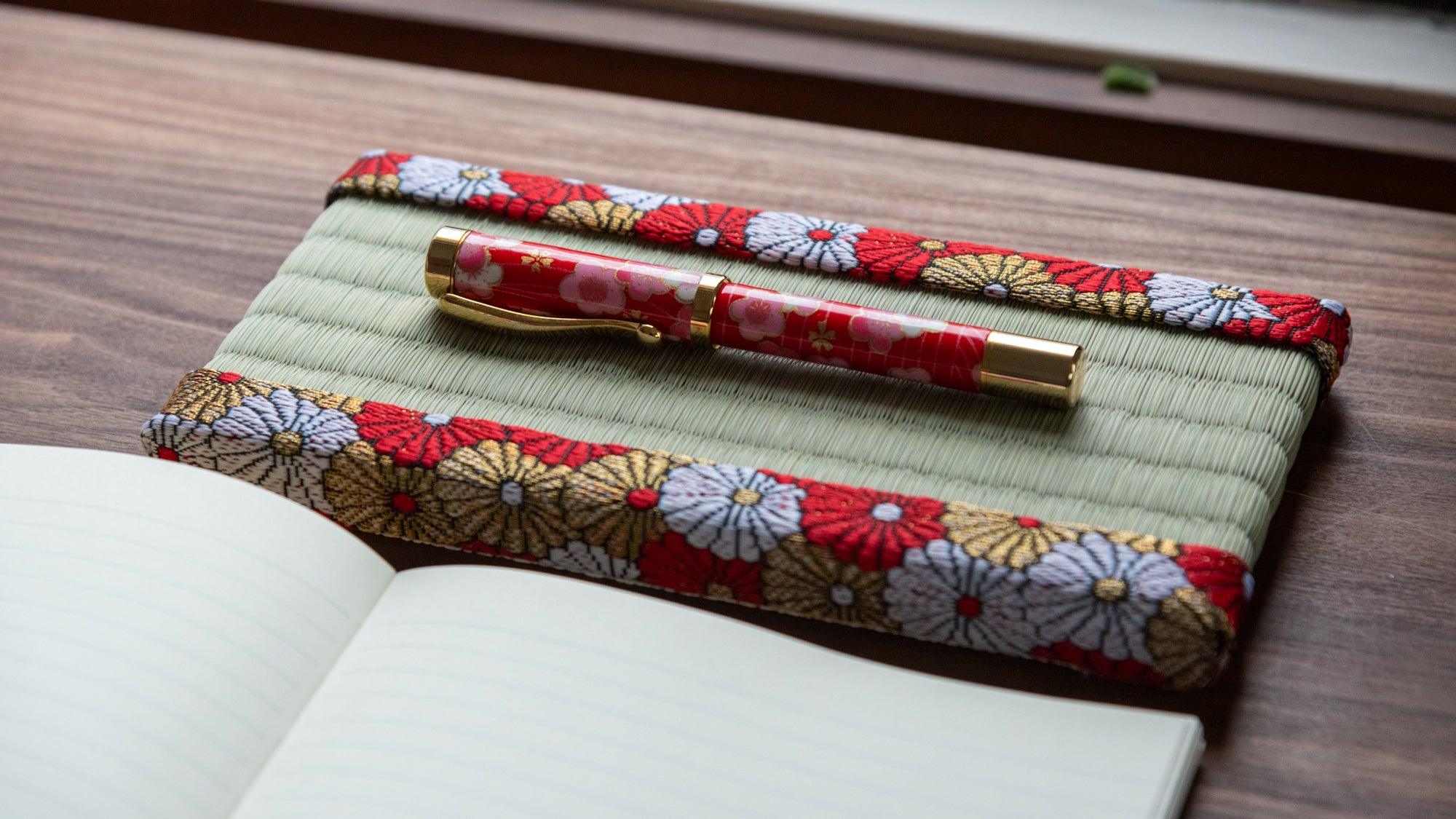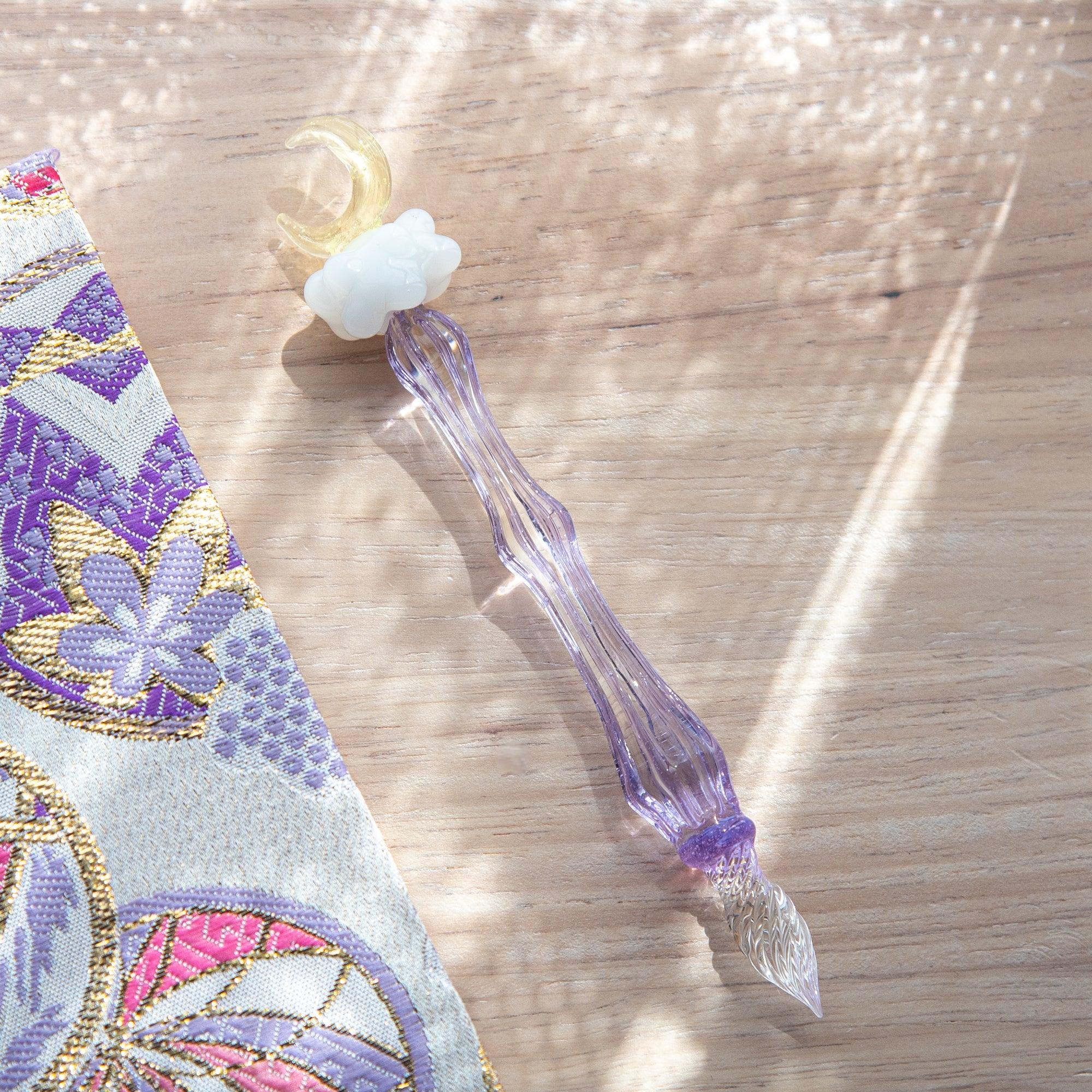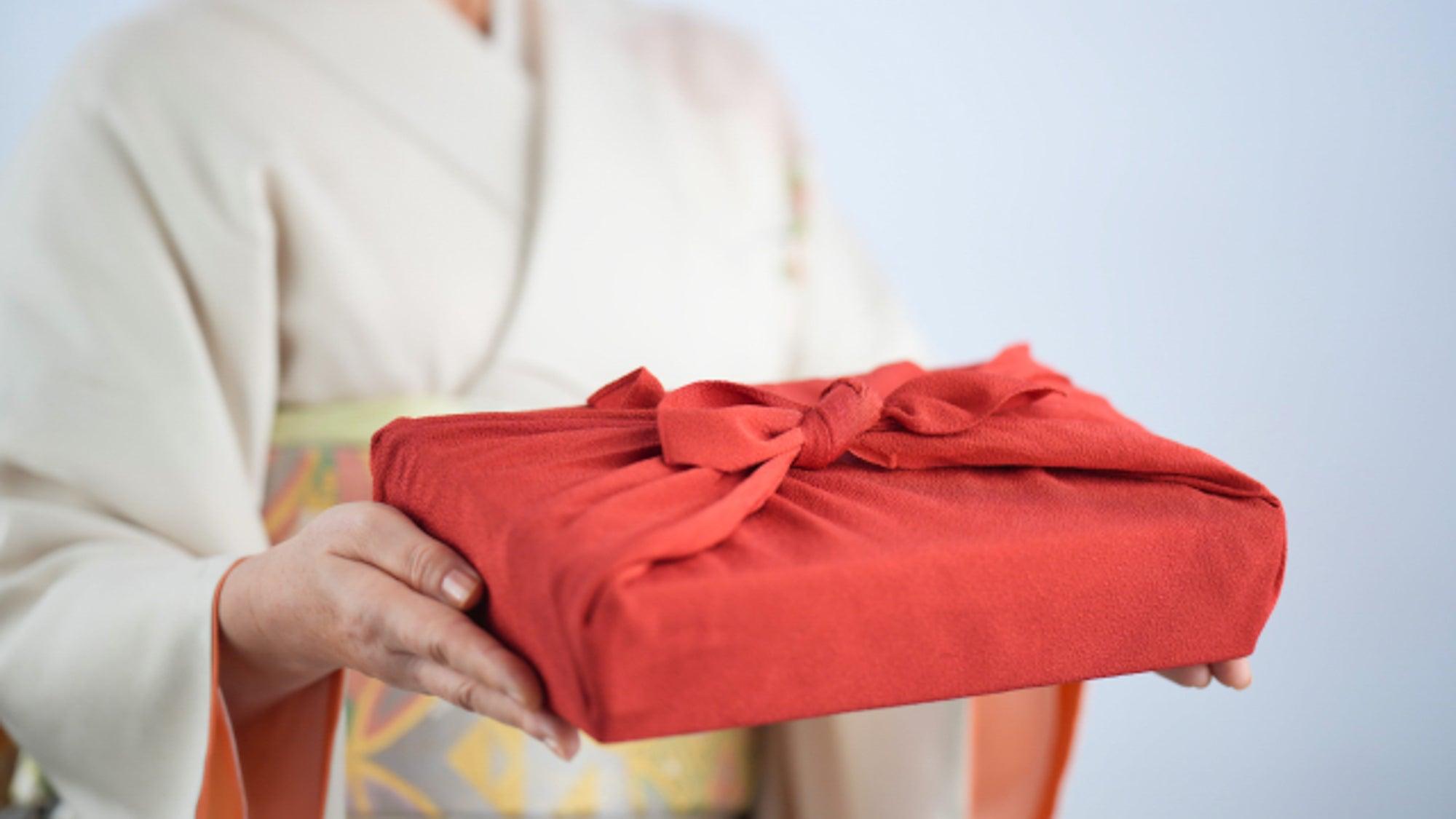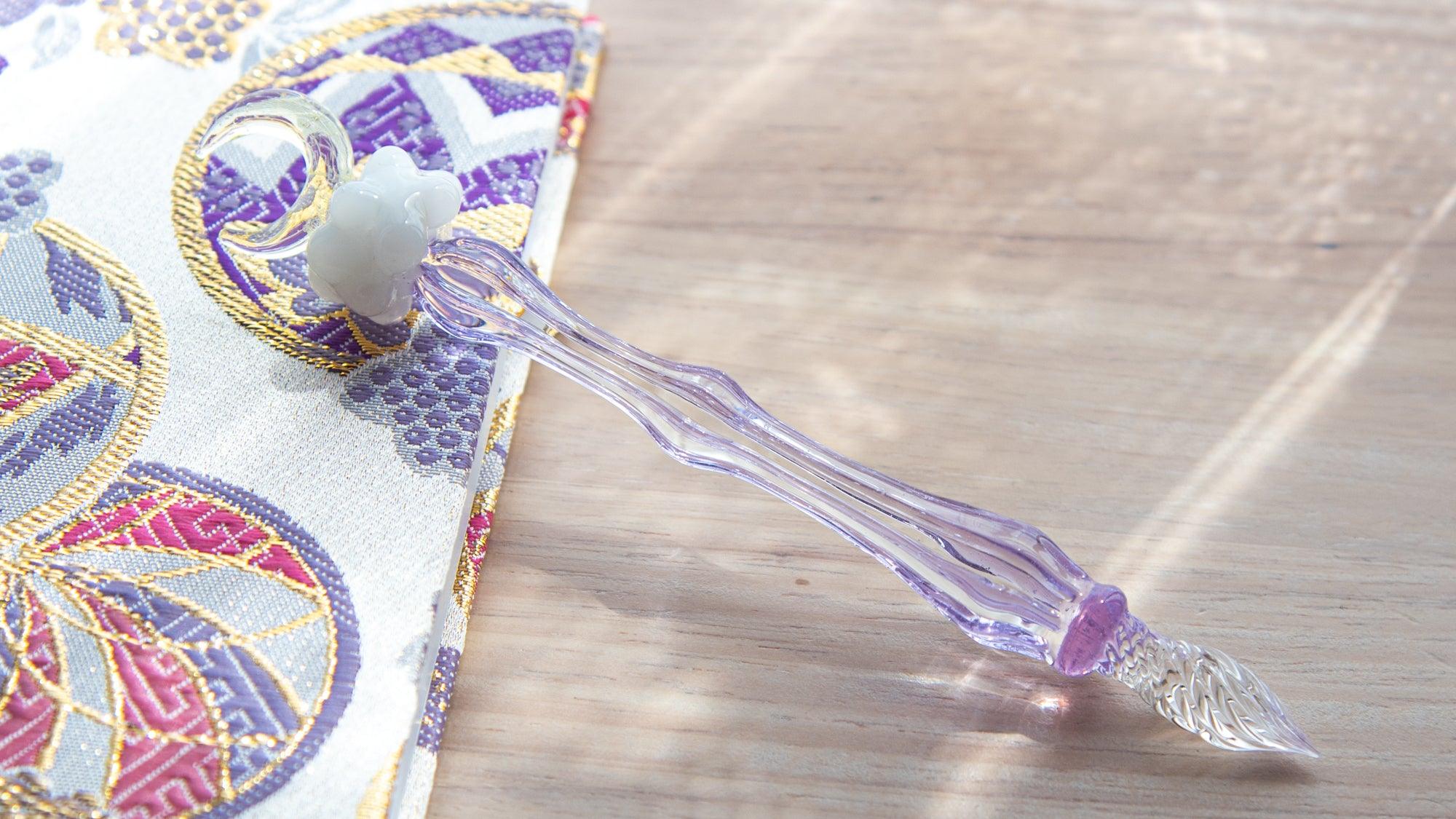
Experience Wabi-Sabi: Why We Developed the Tatami Pen Tray.
Hello, it’s Taka from Komorebi Stationery! It feels like just yesterday I wrote my last article, yet two weeks have already flown by. There's so much I want to share that we simply can't capture on product pages alone—wonderful pieces of Japanese history and the rich background of Japanese stationery. I aim to deliver these stories gradually, focusing on quality.
Meeting with a Tatami Artisan
At the time, I was looking for a pen tray to elegantly arrange my fountain pens and glass pens on my desk. Seeing tatami reminded me of the house I lived in as a child (it had tatami mats in my father’s room). Tatami mats, woven from rush grass, have a slight texture that can firmly hold a pen in place, which sparked the idea of using it for a pen tray. I proposed the idea to Mr. Sasaki, who was delighted to take on the project.
What Makes Tatami Special?

Moved by tatami’s emotional appeal more than its functionality, I decided to create the Tatami Pen Tray. Initially, I thought its appeal might be limited mostly to Japanese people, but to my surprise, many customers have embraced it. They tell me it reminds them of their time in Japan or the tatami they saw in temples.
As lifestyles modernize, tatami's popularity may wane, but I am thrilled to share this aspect of our culture with the world through such innovative means.
An Unexpected Charm

Japan has a unique aesthetic and philosophical concept called "Wabi-Sabi," which finds beauty in simplicity and imperfection. Japanese culture particularly elevates the artistry in everyday actions, much like the meticulous rituals and procedures such as seen in the tea ceremony. But at the same time, this philosophy embraces change and decay without resistance, finding joy in the natural progression of things. As such, even as tatami mats transition from their vibrant green to a mellow yellow with age, this change is celebrated as part of their beauty.
Parting Words
I hope this article helps you appreciate the culture and value of the Tatami Pen Tray. For those who already own one, reading this may enhance your enjoyment. I'd love to hear your thoughts or experiences, so feel free to comment below—it’s always encouraging to hear from you!




Leave a comment
This site is protected by hCaptcha and the hCaptcha Privacy Policy and Terms of Service apply.